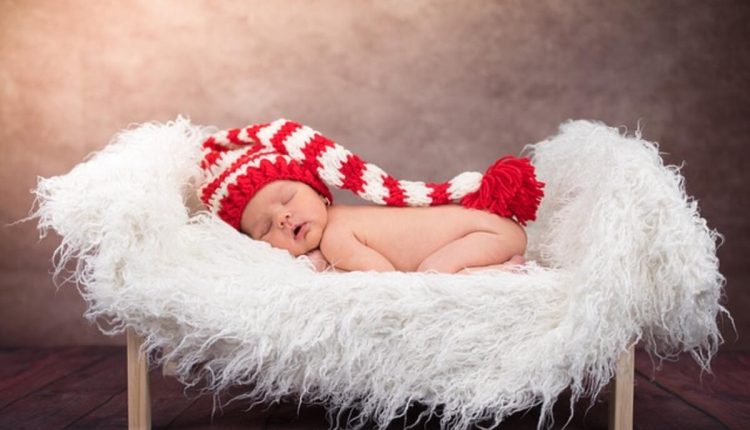Your primary goal in life now is to ensure the health and well-being of your newborn. You will stop at nothing and do everything possible to make this happen. For the sake of your curious infant, it is imperative that you baby-proof your home.
The crib should be your priority. It would be best to begin there because that’s where your newborn will spend most of its time.
* Cute decorations for the crib are delicate, but nothing should be hung over or above it. Your infant might get significant injuries if it falls on these if they become dislodged.
* Mobiles are a terrific way to keep your baby entertained but remember to only suspend them from the side of the crib or the rails. Keep mobiles out of the reach of children under three years old, as their small pieces could cause suffocation. Check the height of your baby’s crib mattress to ensure he or she cannot remove it or get out of bed. If you have to lower it, do so. Don’t put anything in the crib that isn’t necessary, and make sure there’s lots of breathing room. Overheating or suffocation from too many soft objects can cause SIDS (Sudden Infant Death Syndrome) in a baby. Put your baby to bed on his or her back every time to lessen the chance of sudden infant death syndrome.
Your baby, as he gets older and more mobile, will spend less and less time in his crib and more time happily exploring his surroundings. The following are a few simple but effective safety measures:
Screens alone aren’t enough to keep a youngster from falling out an open window. Therefore, it’s important to install window guards. Screw window guards into the window casing.
* Anti-tip straps or securing furniture to the floor or wall: Children can become very good at climbing. Any child who could easily pull over a dresser on top of them would be attracted to an open drawer. Also, remember to keep furniture away from the glass.
Stam gates attached to the wall with bolts prevent your toddler from tumbling down the stairs. Gates held in place by spring pressure against walls are unsuitable for use on a staircase since they can be readily dislodged.
Cleaning supplies should be stored in high cupboards out of the reach of children in the kitchen. Put safety locks on cupboards for infants. Trash cans should be hidden away behind closed and locked cabinets.
Comparable to kitchen cupboards in the bathroom. Lock up all cleaning supplies and put latches on cabinets. Keep the toilet seat down and covered at all times. We also advise installing toilet latches. Never leave a youngster unattended in a bath if you are using water.
Covering the doorknobs can prevent your toddler from opening them and “escaping” to the great beyond. Even opening a closet door can be risky business. Baby-proof your home by covering all knobs with safety covers to prevent curious toddlers from exploring rooms they shouldn’t.
Children’s fingers are surprisingly adept at finding their way into electrical outlets. Cover all exposed electrical outlets with safety plugs and keep electrical cords out of children’s reach.
Tools and other potentially dangerous items should be stored in a lockable cabinet or tool chest. Any sharp object, such as scissors, can cause serious injury to a youngster.
These are just a few basic measures that can be taken to make the house more secure for the new arrival. The most crucial piece of advice is to never, ever let your kid be alone. Don’t let your guard down in your care, and remember that your baby is the most precious thing in the world.
Gunawan Harinanto, a happy man, is the webmaster of Baby First Year (http://www.babyfirstyear.org/) and a proud father to a lovely son. Please see his site [http://www.babyfirstyear.org/2009/05/child-proof-your-house-with-qualities-of-a-good-baby-monitor.html] for further information on babyproofing your home. This essay may be republished online, provided you attribute the author and include a working link to the BabyFirstYear.org site.
Read also: Why A Good Quality Garage Door in Dallas Is Vital.


